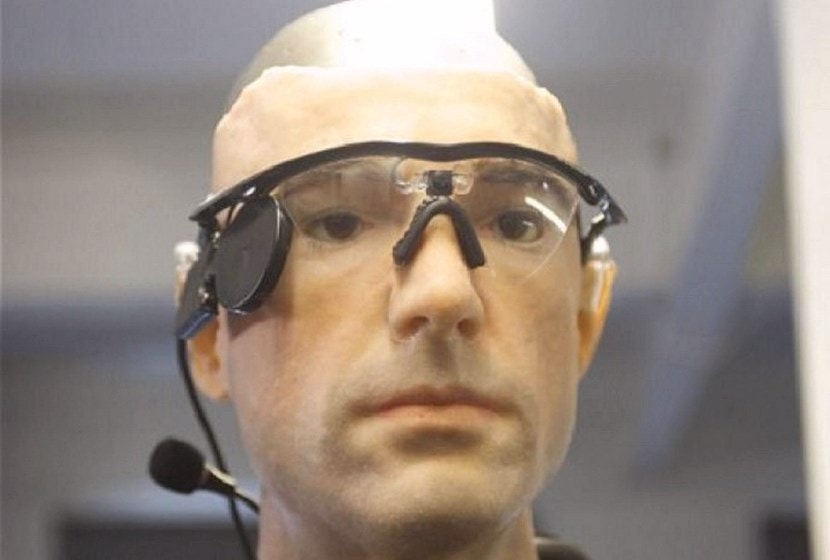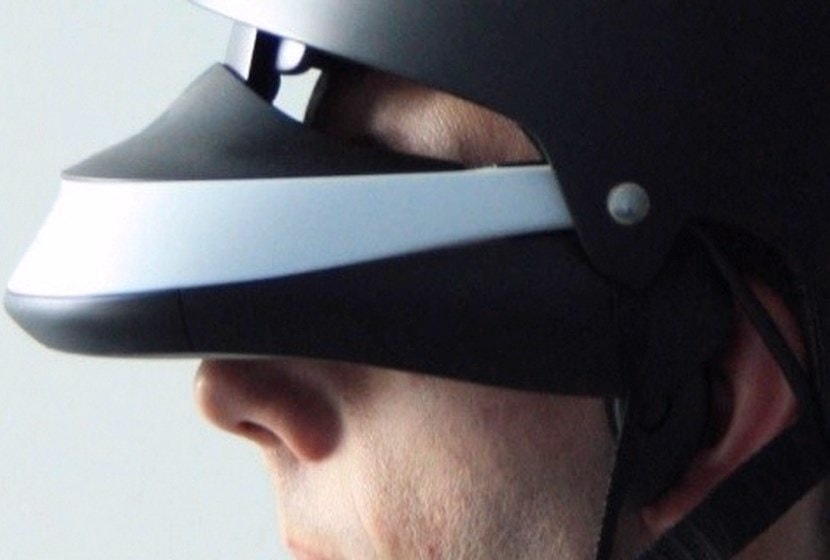It is called "Rex" and from today, Thursday, February 7, 2013, it will enter the Science Museum in London.
It is a mine of technology and medical advances, with multiple synthetic organs and robotic prostheses. This first bionic man prefigures the transplants of the future and the aim of the exhibition is, according to the museum's curators, to explore the changes in the perception of human identity in the light of technological and scientific progress.
The two-metre-high humanoid, which cost $1 million to build, was assembled from existing scientific innovations by a team of robotics experts.
All the organs of this humanoid are artificial: trachea, kidney, pancreas, autonomous blood circulation system and is gifted to some extent with speech. It was entirely created for a programme presented by Bertolt Meyer, a socio-psychologist himself equipped with a prosthesis in place of his left hand, and financed by a charity promoting public access to science. Rex was created for Channel 4 as part of a documentary "How to build a bionic man? "which will air on the evening of Thursday, February 7.
"The Bionic Man has been assembled to show how we can use bionic technology for medical purposes today", explains this specialist in social psychology. "We wanted to see how far we could go to replace certain organs and replace certain limbs. »
Technological breakthroughs bring hope
As limb prostheses become more and more sophisticated, the bionic man gives an insight into the technological advances achieved. Hopeful advances in the field of medicine as thousands of people around the world await organ transplants every year.
 "We're very surprised by the number of body parts that can be replaced by robotic prostheses."Rich Walker, head of the team that built Rex, was ecstatic. "Some vital organs are missing, like the stomach, but 60 to 70% from the body could be synthesized"he was also pleased.
"We're very surprised by the number of body parts that can be replaced by robotic prostheses."Rich Walker, head of the team that built Rex, was ecstatic. "Some vital organs are missing, like the stomach, but 60 to 70% from the body could be synthesized"he was also pleased.
Are scientists close to being able to replicate all human limbs? "We're still far from being able to create a hand as skilled as man's." despite this progress, said Steven Hsiao, a professor at Baltimore's John Hopkins University.
However, Rex's organs are not the only fascinating faculty that scientists have endowed him with: the robot is also able to hear what is being said to him via an auditory implant and to respond by generating speech. Something to make all science fiction fans dream and impress visitors to the exhibition...
{Jacuzzi on}












